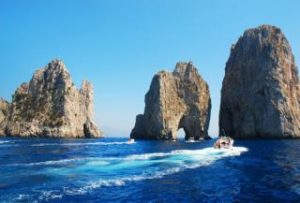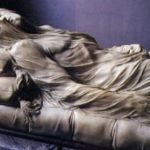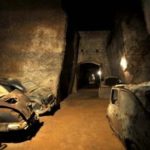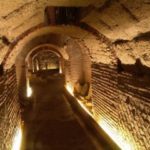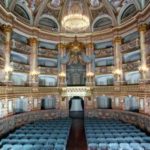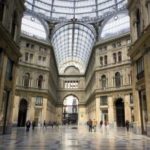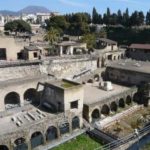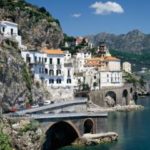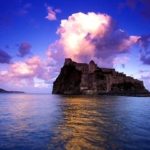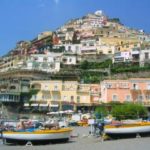In the Gulf of Naples right in front of the Sorrento peninsula here is the island of Capri, celebrated for its beauty since the time of the Roman Empire, widely considered to be lush, extraordinary and mild climate. The Piazzetta is the center of the island of Capri for both tourists and locals alike. Anyone arriving in Capri must pass through the narrow spaces left free by the bar tables … Just got off the ferry or from the hydrofoil, you arrive at Marina Grande. the only port on the island. At 15 minutes from the Piazzetta on the south side of the island of Capri is the bay of Marina Piccola with Faraglioni. The Faraglioni are three peaks survived the cave-in of the coast, sea erosion and weathering. Via Krupp was designed and built by the engineer Emilio Mayer cutting the rock into the sea, with a winding path so narrow as to appear superimposed. Tragara, Erice and Arco Naturale Via Tragara ends with an impressive lookout terrace at the Faraglioni, one can see part of the Amalfi Coast and the Bay of Marina Piccola. Monte Solaro, Cetrella and Castle of Barbarossa. And ‘the highest part of Capri, towering 589 meters above sea level, here the view is 360 degrees on the island of Capri. The Migliera The journey of Migliera, or Migliara, leads to the discovery of typical crops, particularly vineyards, including flaps survivors of ancient woodland and open gashes into the sea of ??Ischia. Punta Carena is located at the south-west of the island of Capri, on the peninsula of Limmo, whose name derives from the Latin limen, meaning border. The Path of Fortini is a path of rare beauty, to discover the scents and colors of the Mediterranean. The Blue Grotto is known throughout the world for its size, and the intensely blue color of its interior. Villa San Michele in Anacapri was the home of the Swedish doctor Axel Munthe La Certosa is currently home to a High School, the Museum Diefenbach, concerts and events. Villa Jovis, the first of the 12 Roman villas, dominates the promontory that goes from the tip of the tip of Grotta Bianca Caterola Anacapri From the magical meeting of rocks and waters of the Emperor Tiberius built his summer residence in the Villa Damecuta exposed to twenty teacher and west. The Red House was the American Colonel John H. Cay Mackowen, who arrived in Italy after the American Civil War and settled in Anacapri until 1899.



